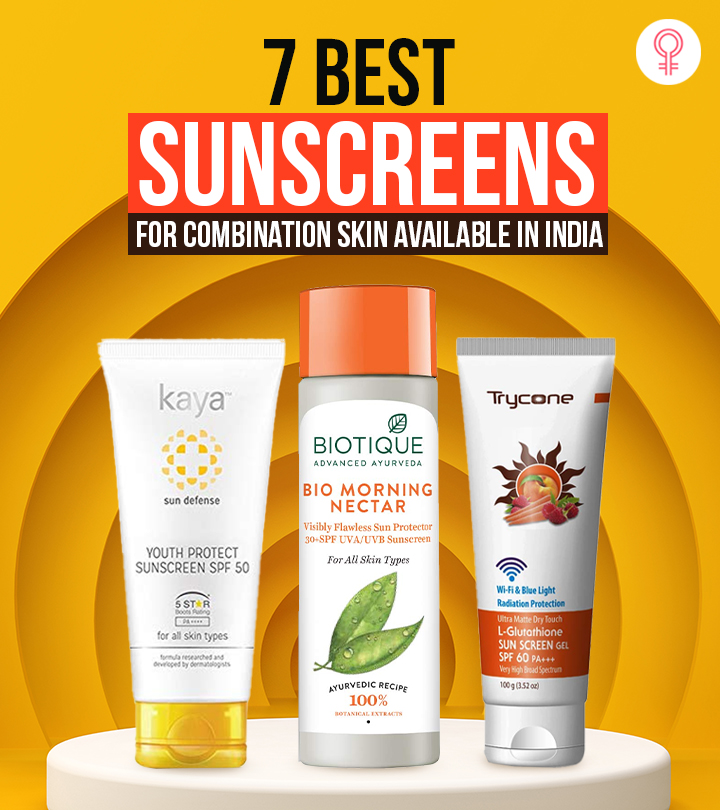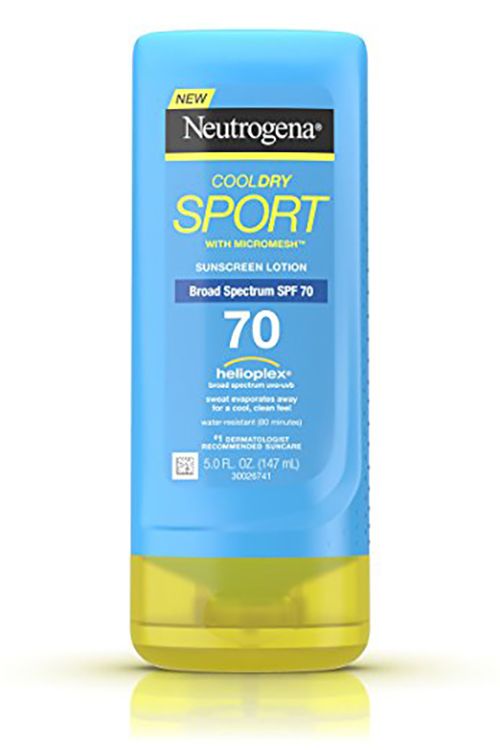
Yup, SPF 30 is the minimum requirement for any sunscreen to be effective.

Whichever one you’re most likely to wear every single day-even when you’re indoors-is the one you should go with. So if you don’t want to play the whole trial-and-error game with mineral sunscreens (although, I did find a whole bunch that I think you'll like), it’s totally cool to just pick a chemical sunscreen and call it a day. Patel says, don't reflect the light like mineral sunscreens, so they don't leave a white cast. Opt for a chemical sunscreenĬhemical sunscreens, as Dr.

“You can also look for a tinted mineral sunscreen,” says dermatologist Purvisha Patel, MD, which are pigmented in different shades to help counteract the white cast. If you want a mineral sunscreen, look for a formula that promises a clear or sheer finish, which means it’s specifically formulated to leave an invisible protective barrier behind, thanks to transparent zinc oxide (versus white zinc that's typically found in mineral SPFs). Which brings me to: What to look for in sunscreens without white cast Look at the formula " They don’t necessarily have the same light reflection anymore." Enter: mineral sunscreen formulas with transparent zinc, or with thin, silky, or tinted consistencies that disappear as you rub them in (more on that below). The ingredients in chemical sunscreens-see: oxybenzone, avobenzone, homosalate, octinoxate octisalate, or octocrylene- don’t have the same white color, so they typically don’t leave the same white residue after you rub it in, regardless of its formulation.īut if you prefer mineral sunscreens (also called zinc sunscreens)-which are usually ideal sunscreens for sensitive skin, FYI, and better for hyperpigmentation, as well as being considered reef-safe-it’s not all bad news: “There have been huge advancements in the way mineral sunscreens have been formulated and coded," says Dr. "The zinc oxide in mineral sunscreens reflects the light and gives you a white cast or opacification,” says dermatologist Dendy Engelman, MD. They're made with ingredients like zinc and titanium oxides-which, spoiler, are white-colored minerals, making mineral sunscreens the biggest white-cast offenders.
#Best sunscreen for fair skin skin#
Mineral sunscreens, however, sit on the surface of your skin and act as a physical barrier to reflect the sun. Chemical sunscreens work by absorbing the UV rays, converting them to heat, and releasing them. Sunscreen formulas fall into two categories: mineral sunscreen and chemical sunscreen. Patel is also the founder of Visha Skincare, a skincare line that specializes in brightening and fading UV damage.

Because at the end of the day, having a sunscreen that you like enough to actually wear matters.
#Best sunscreen for fair skin how to#
Get ready for tinted sunscreens (think: lightweight makeup with SPF), clear sunscreens, water-proof sunscreens, and super silky serum-sunscreen hybrids that feel more like high-end skincare than anything else.Īnd to help me cut through the SPF noise, I caught up with two dermatologists to explain which sunscreens leave a white cast, how to avoid them, and how to pick the best one for your skin type. You already know you should be wearing a daily sunscreen (ahem, two people die from skin cancer every hour), but it makes it extra difficult when most sunscreens leave behind a white residue, right? So in my quest to make sure you protect your skin from sun damage and skin cancer always and forever, I found all the best sunscreens that won’t leave behind a white cast. If you're here, I'm guessing it's because you've been ~burned~ by some less-than-ideal SPFs in the past that left you looking like a chalky nightmare. Let's talk about the only type of sunscreen we can all universally agree is the best of the best: sunscreen without white cast.


 0 kommentar(er)
0 kommentar(er)
